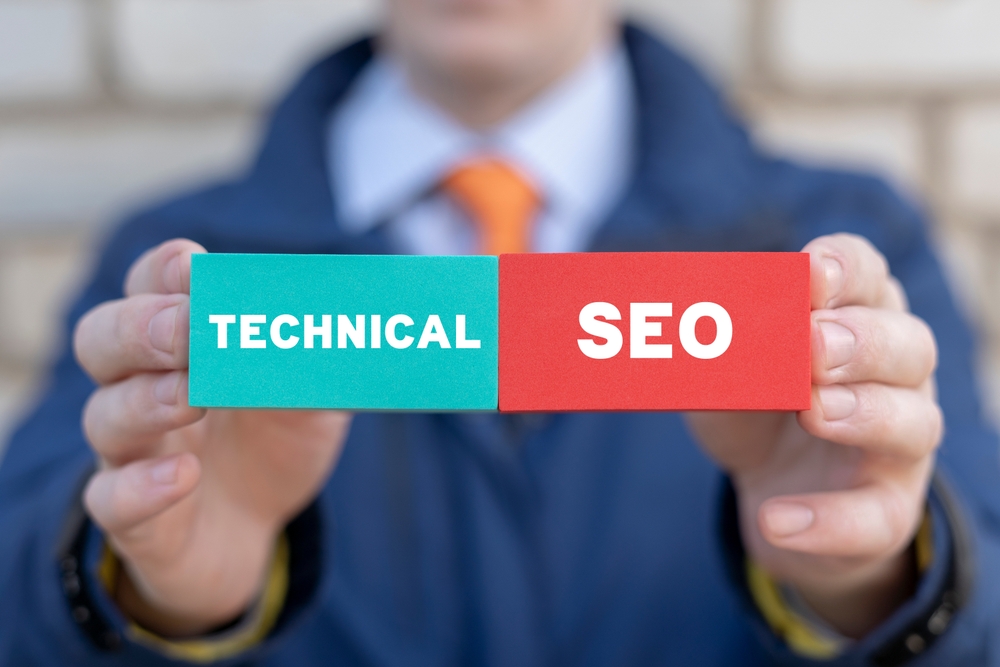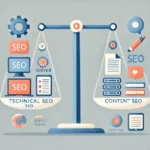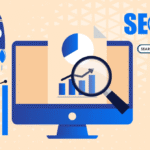In the ever-evolving world of SEO, digital marketers are constantly seeking innovative ways to enhance user experience and improve search engine rankings. One such technique is infinite scroll, a web design pattern that allows users to continuously scroll through content without needing to click on a ‘next’ button. However, implementing infinite scroll requires careful consideration of SEO best practices to ensure it doesn’t negatively impact your site’s visibility.

Understanding Infinite Scroll
The concept of infinite scroll is straightforward. Instead of paginated content, where users navigate from page to page, infinite scroll automatically loads content as the user scrolls down. This seamless experience can enhance user engagement and time spent on site, but it can also pose challenges for SEO if not implemented correctly.
Why Use Infinite Scroll?
Infinite scroll is popular for its ability to keep users engaged. By removing the need for pagination, users can effortlessly browse through more content, which is particularly beneficial for social media platforms and content-heavy websites. However, while it improves user experience, it can complicate search engine crawling and indexing.
Challenges of Infinite Scroll for SEO
The primary challenge with infinite scroll is ensuring that all content is accessible to search engine crawlers. If not implemented correctly, crawlers may struggle to index the full content of your site, which can hurt your SEO efforts. Here are some common issues:
Crawler Accessibility
Search engine bots follow links to discover content. With infinite scroll, these links may not be present, making it difficult for crawlers to access deeper parts of your site.
Indexing Issues
If infinite scroll content isn’t loaded until the user scrolls, search engines might not see this content, leading to incomplete indexing.
Best Practices for Implementing Infinite Scroll
To ensure that infinite scroll doesn’t harm your SEO, it’s crucial to follow certain best practices.
Use Pagination as a Backup
Implement a paginated version of your content. This allows search engines to crawl and index your content more effectively. Ensure that each page of the paginated content has unique URLs and is accessible without JavaScript.
Make Use of PushState
Use the HTML5 history API to update the URL as users scroll. This way, if users want to share a specific section of the content, they can do so with a unique URL.
Implement Lazy Loading
While lazy loading can improve performance by loading images and content only when they are needed, ensure that it doesn’t block search engines from seeing your content. Test your implementation with tools like Google’s Mobile-Friendly Test to ensure search engines can access all content.
Testing Your Infinite Scroll Implementation
After implementing infinite scroll, it’s important to test its impact on SEO. Use tools like Google Search Console to monitor how your site is being crawled and indexed. Make sure there are no errors in the sitemap or issues with duplicate content.
Monitor User Engagement
Check analytics to see how users are interacting with your infinite scroll content. High bounce rates or low engagement could indicate issues with the user experience or SEO implementation.

FAQ Section
What is infinite scroll?
Infinite scroll is a web design pattern where content automatically loads as the user scrolls down the page, eliminating the need for pagination.
How does infinite scroll affect SEO?
If not implemented correctly, infinite scroll can make it difficult for search engines to crawl and index all content, potentially harming SEO.
What are some best practices for infinite scroll SEO?
Best practices include implementing a paginated version of content, using the HTML5 history API, and ensuring lazy loading doesn’t block search engines from accessing content.
For more detailed guidance, explore this SEO checklist.







